We may earn money or products from the companies mentioned in this post. This means if you click on the link and purchase the item, I will receive a small commission at no extra cost to you … you’re just helping re-supply our family’s travel fund.
Small airports often feel like a quiet escape compared to the chaos of major hubs. Travelers who value predictable routines and shorter lines quietly rely on these compact terminals for smoother journeys. Their layouts are easier to navigate, staff interactions feel more personal, and operations tend to stay efficient even during peak hours. While they don’t offer endless amenities, they provide a calmer, more grounded travel experience that many frequent flyers prefer.
1. Bozeman Yellowstone International Airport (BZN)
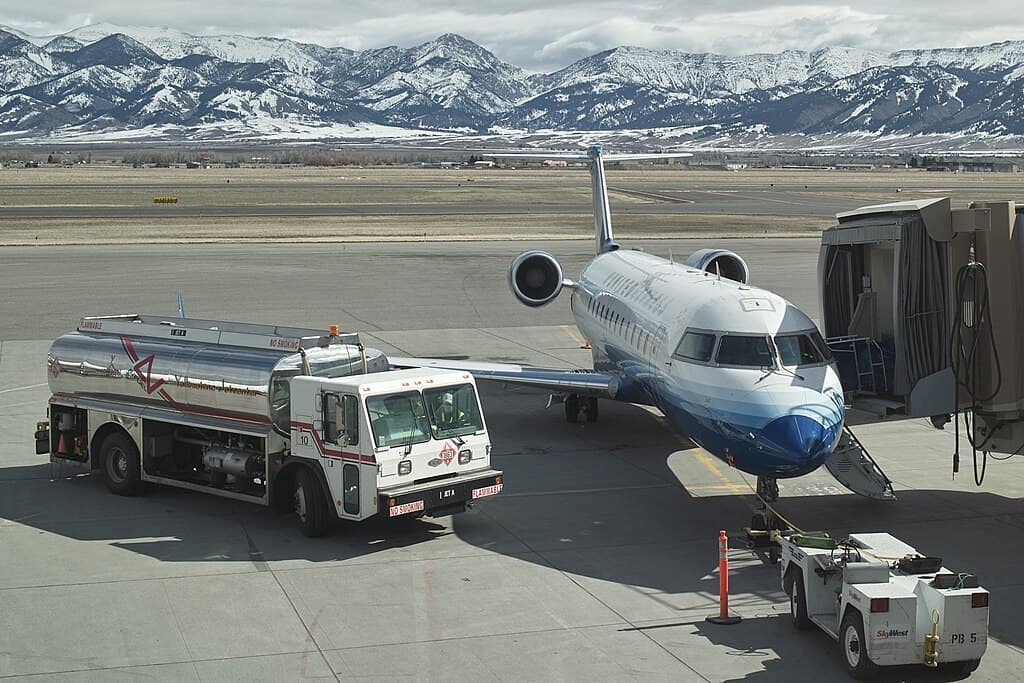
Handling roughly 90–110 flights per day, BZN balances steady visitor traffic with a peaceful mountain-town atmosphere. Its wood-accented interiors and clear wayfinding make the airport feel welcoming rather than overwhelming. Security waits typically hover around 10–15 minutes, and baggage usually arrives within 12 minutes of landing. With two main concourses, simple dining, and consistently friendly staff, BZN keeps travel surprisingly smooth despite seasonal tourism surges.
2. Greenville : Spartanburg International Airport (GSP)
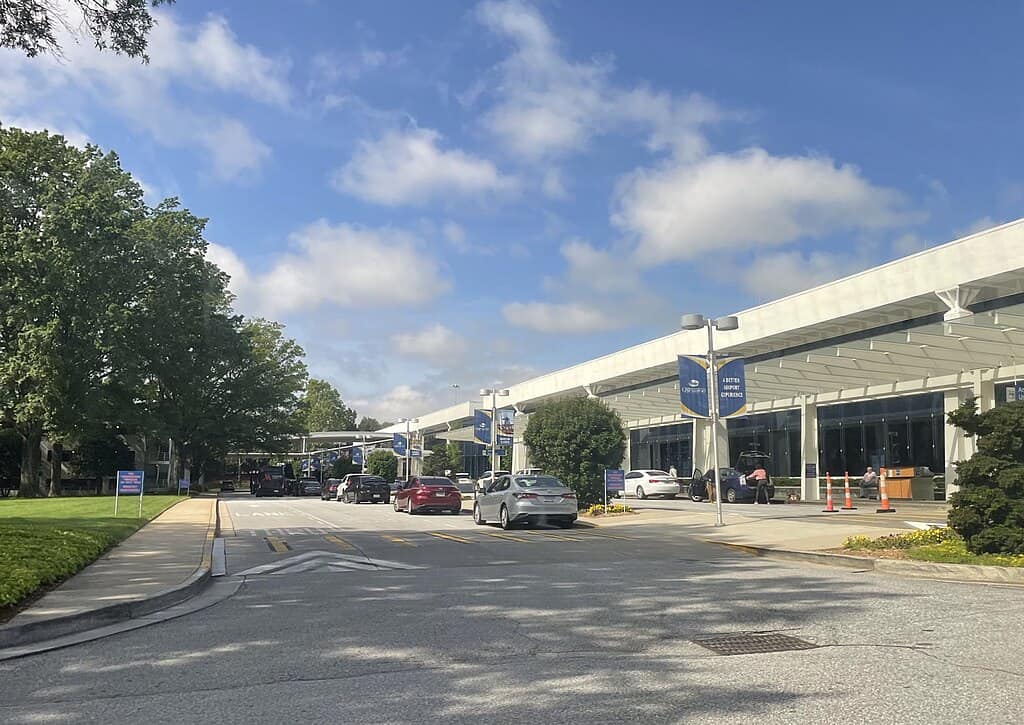
GSP averages 80–95 flights per day, operating within a sleek terminal that feels open without being oversized. Check-in usually moves quickly, and security averages around 8–12 minutes, helped by efficient routing. The airport has 13 gates, all within a short walk, making it easy to get settled before boarding. Travelers appreciate the bright design, minimal noise, and parking capacity of over 5,000 spaces, which adds convenience for both business and leisure flyers.
3. Long Beach Airport (LGB)

LGB typically handles 55–70 flights per day, offering a breezy, relaxed experience thanks to its open-air boarding areas and compact footprint. Security lines average 6–10 minutes, and the airport’s 11 gates are clustered closely, making movement easy even during busy hours. Flyers consistently enjoy the laid-back Southern California vibe, short taxi times, and efficient baggage delivery that averages around 10 minutes, keeping the entire airport visit pleasantly unhurried.
4. Manchester : Boston Regional Airport (MHT)
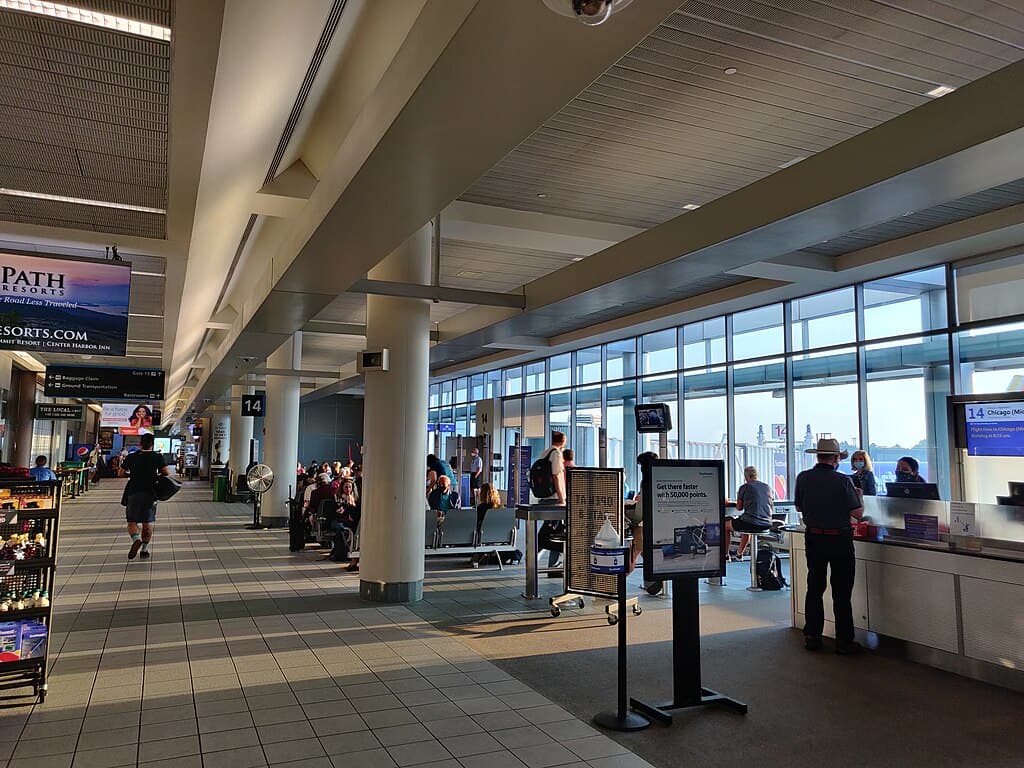
With about 45–60 flights per day, MHT offers a peaceful alternative to Boston’s congested Logan Airport. Passengers typically move through security in 7–12 minutes, helped by the airport’s streamlined layout. Its 14 gates are grouped within two connected concourses, reducing walking distances and confusion. Parking for more than 4,000 vehicles and quick curb-to-gate movement make this airport a solid choice for travelers seeking Northeast convenience without the big-city stress.
5. Spokane International Airport (GEG)

GEG manages roughly 70–85 flights per day, maintaining a calm flow through its straightforward two-concourse design. Security usually averages 10–14 minutes, and the terminal spacing keeps crowds from feeling concentrated in one area. The airport has 23 gates, which is generous for its size yet remains easy to navigate. Flyers note reliable baggage delivery within 10–13 minutes and an overall atmosphere that helps reduce travel fatigue across regional Northwest routes.
6. Savannah/Hilton Head International Airport (SAV)

SAV averages 55–75 flights per day, delivering a polished yet relaxed experience shaped by its clean layout and subtle Southern charm. Security typically runs 8–13 minutes, and the airport’s 15 gates are arranged for intuitive movement. Flyers appreciate consistent cleanliness and efficient boarding processes that rarely feel rushed. With parking capacity exceeding 3,500 vehicles and baggage often out in 11–14 minutes, the airport keeps travel steady and pleasantly predictable.
7. Grand Rapids Gerald R. Ford International Airport (GRR)
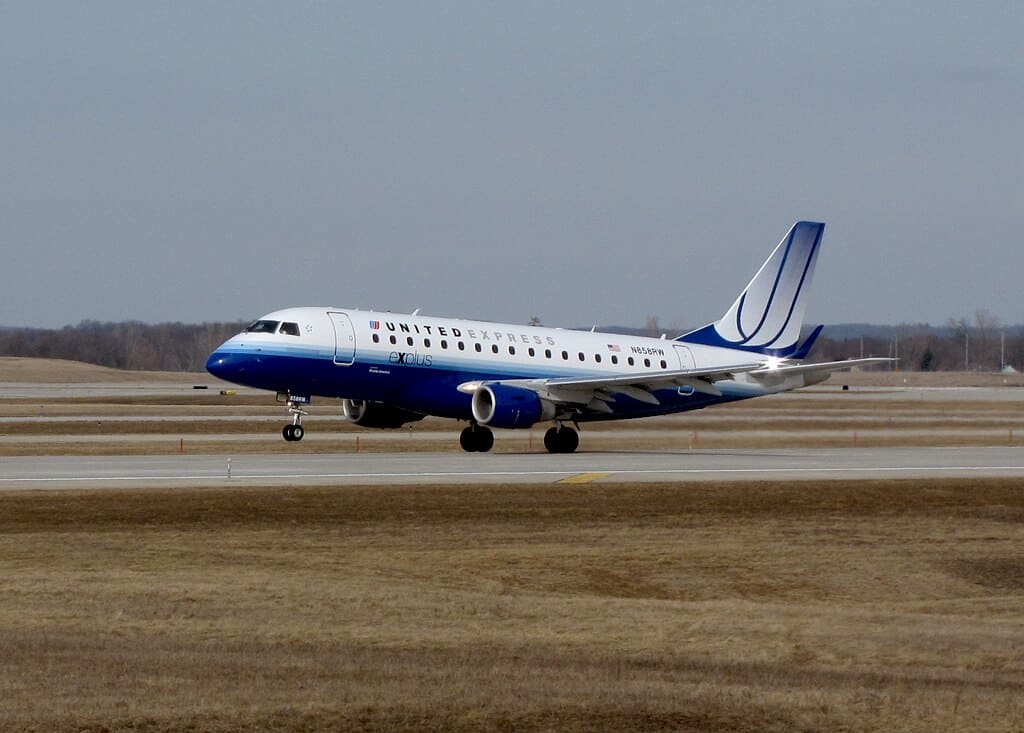
Handling around 65–80 flights per day, GRR is known for smooth operations and a friendly atmosphere. Security waits usually fall between 9–14 minutes, aided by organized checkpoint lanes. Its 14 gates sit within a bright terminal that feels spacious without being confusing. Travelers praise its reliable baggage output, averaging about 12 minutes, and the convenience of over 4,500 parking spaces, which rounds out an easy and dependable travel routine.
8. Fresno Yosemite International Airport (FAT)

FAT runs about 50–65 flights per day, serving as a calm gateway to central California and nearby national parks. Security wait times usually stay near 7–12 minutes, and its 12 gates are arranged in a simple arc that makes navigation stress-free. Flyers appreciate quick baggage returns about 11 minutes on average and hassle-free rental-car access. The airport’s compact footprint and consistent flow give travelers a smooth start or finish to their journeys.
9. Burlington International Airport (BTV)
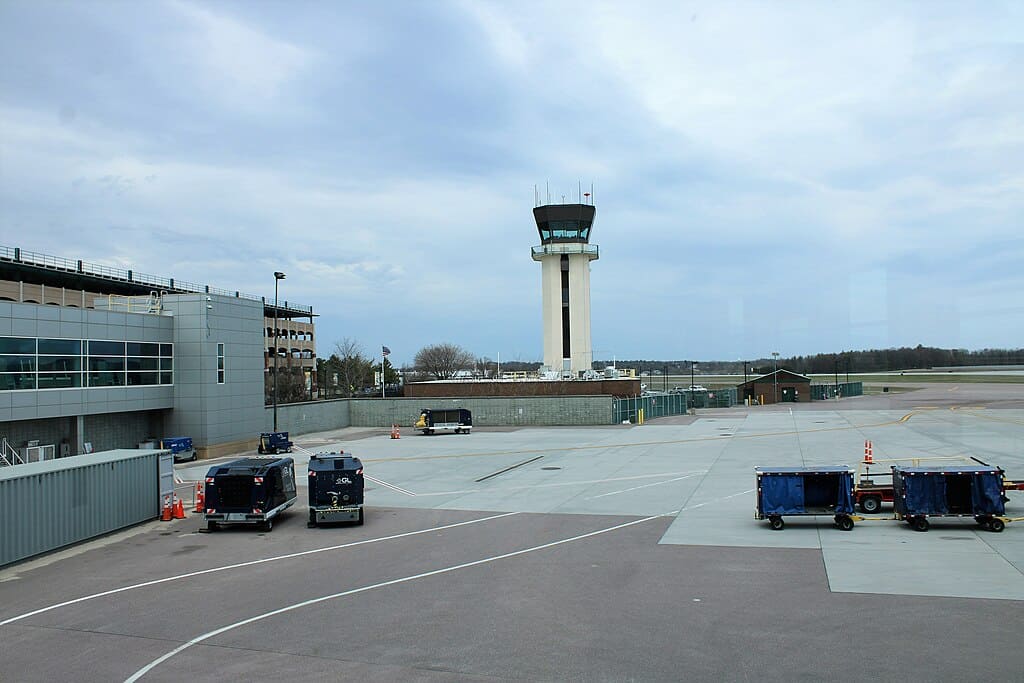
BTV manages 40–55 flights per day, maintaining a relaxed, traveler-friendly environment with warm décor and plenty of natural light. Security typically ranges from 6–11 minutes, helped by its efficient checkpoint setup. The airport has 15 gates, all within short walking distance, making connections straightforward. Baggage usually appears within 10–13 minutes, and parking for over 2,600 vehicles ensures convenient access for travelers moving through northern New England.
10. Eugene Airport (EUG)
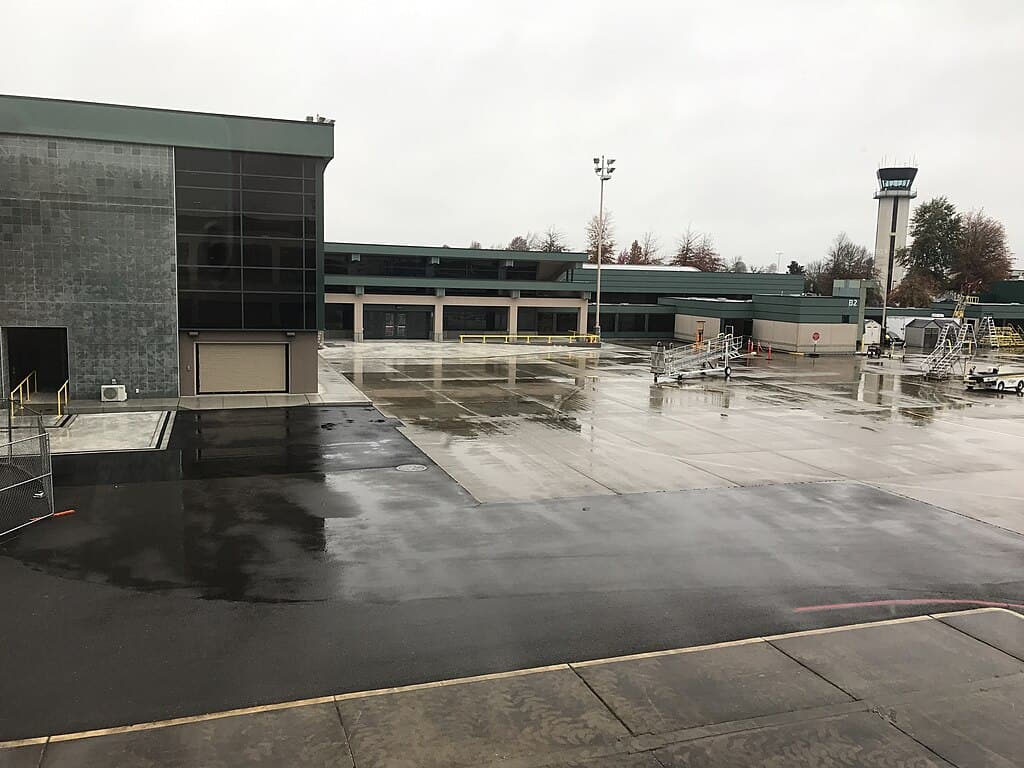
EUG averages 45–60 flights per day, offering a calm, well-organized travel experience shaped by its practical terminal design. Security waits hover around 7–12 minutes, and the airport’s 10 gates are closely grouped, reducing confusion and long walks. Flyers appreciate reliable baggage delivery around 11 minutes and accessible parking with more than 2,000 spaces. With friendly staff and smooth routines, EUG consistently provides a stress-free alternative to larger Northwest airports.
Other Blog Posts You Might Enjoy
www.idyllicpursuit.com (Article Sourced Website)
#Small #Airports #Flyers #Quietly #Prefer #Idyllic #Pursuit
